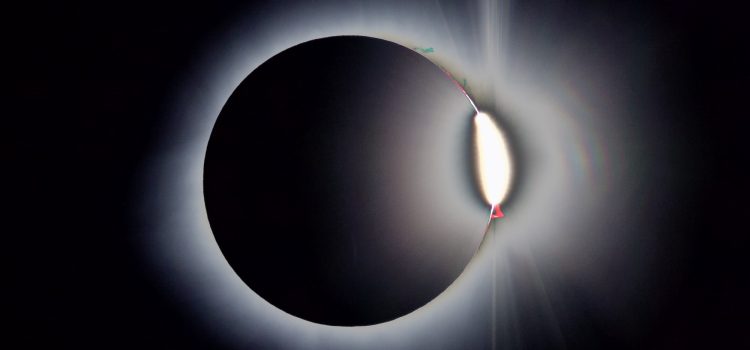Oak Bay Lighting in Uplands, Total Solar Eclipse reports from members.
Astronomy Cafe – Apr 15, 2024



Oak Bay Lighting in Uplands, Total Solar Eclipse reports from members.

Astrophotography by Dave Payne, memories of Barbara Lane 1955-2024, Crescent Moon of Ramadan, They Promised Her the Moon – a local play, RASC Victoria Discord server, Galaxies at the Dawn of Time with JWST – Dr. Leonardo Ferreira presentation at UVic.
Video transcript of meeting Next Astro Cafe – March 4th – none for the rest of February
Video transcipt of meeting
Transcript video
Transcript video
Transcript video
Video transcript of meeting No Astro Cafe next week due to the Victoria Day statutory holiday. The last Astro Cafe before the summer break will be held on May 29th.
Video transcript of the meeting
Video transcript of the meeting